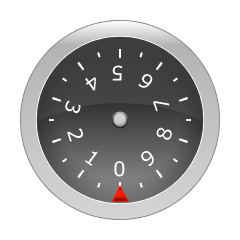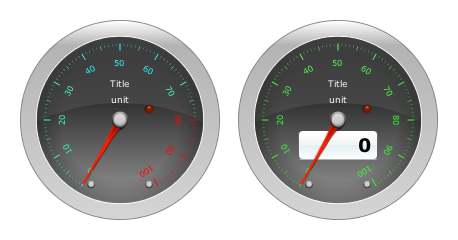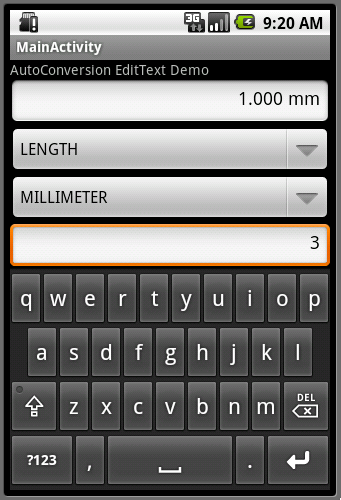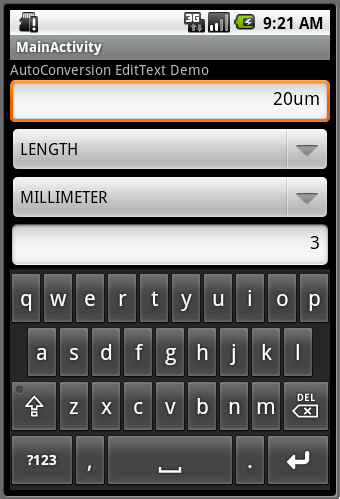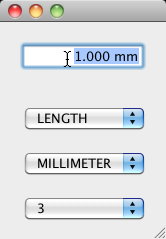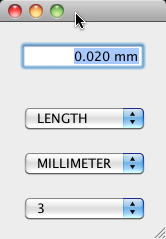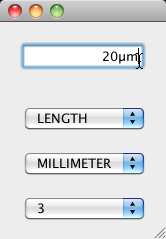Termin: 23.02.2011
Ort: Leo 18, Leonardo Campus der Universität Münster (GoogleMaps)
Einlass: ab 18:00 Uhr
Abstract: Immer häufiger kommt für die Integration von Anwendungen und für öffentlich zugängliche APIs die Architektur des WWW, RESTful HTTP zum Einsatz. In diesem Vortrag werden die unterschiedlichen Möglichkeiten gegenübergestellt, die im Java-Umfeld für die Realisierung von RESTful-HTTP-Services zur Verfügung stehen (u. a. das Servlet-API, Restlet, JAX-RS und Spring MVC).
Dozent:  Stefan Tilkov ist Geschäftsführer der innoQ Deutschland GmbH und beschäftigt sich seit Anfang der 90er Jahre mit Architekturen für starkverteilte, große Systeme und Anwendungslandschaften. Nach seinem Studium der Technischen Informatik als BA-Student der IBM arbeitete er zunächst als Softwareentwickler, Teilprojekt-, Gesamtprojekt- und schließlich Abteilungsleiter bei einem mittelständischen Softwarehaus, bevor ihn die Sehnsucht nach der Technik wieder erfasste und er sich als 1998 als freiberuflicher IT-Architekt selbstständig machte. 1999 gründete er zusammen mit Roman Roth die innoQ Deutschland GmbH. Seine technologischen Schwerpunkte haben sich im Laufe der Zeit von C/C++ und DCE, C++/CORBA, Java/CORBA über J2EE, MDA und Web Services hin zu SOA, REST und Ruby verschoben. Stefan Tilkov ist Autor zahlreicher Artikel und Kolumnen, ein aktiver Blogger und einer der SOA-Editoren der Online-Community InfoQ.
Stefan Tilkov ist Geschäftsführer der innoQ Deutschland GmbH und beschäftigt sich seit Anfang der 90er Jahre mit Architekturen für starkverteilte, große Systeme und Anwendungslandschaften. Nach seinem Studium der Technischen Informatik als BA-Student der IBM arbeitete er zunächst als Softwareentwickler, Teilprojekt-, Gesamtprojekt- und schließlich Abteilungsleiter bei einem mittelständischen Softwarehaus, bevor ihn die Sehnsucht nach der Technik wieder erfasste und er sich als 1998 als freiberuflicher IT-Architekt selbstständig machte. 1999 gründete er zusammen mit Roman Roth die innoQ Deutschland GmbH. Seine technologischen Schwerpunkte haben sich im Laufe der Zeit von C/C++ und DCE, C++/CORBA, Java/CORBA über J2EE, MDA und Web Services hin zu SOA, REST und Ruby verschoben. Stefan Tilkov ist Autor zahlreicher Artikel und Kolumnen, ein aktiver Blogger und einer der SOA-Editoren der Online-Community InfoQ.
Anmeldung: Damit wir ungefähr eine Vorstellung davon haben, mit wievielen Teilnehmern wir rechnen können, wäre es nett, wenn Ihr Euch bei Xing an dem Event der JUG Münster anmeldet. Ihr findet den Event hier.

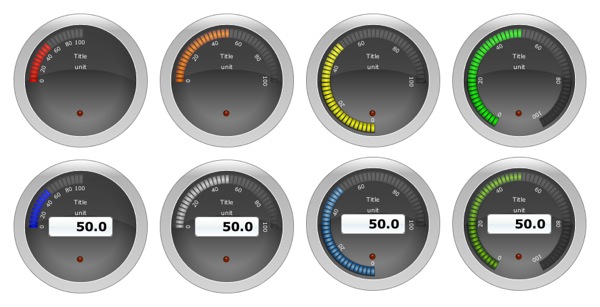
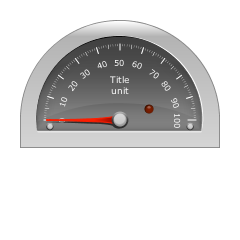 The last component i added is called RadialCounter. I saw this kind of component during a visit of a german u-boat
The last component i added is called RadialCounter. I saw this kind of component during a visit of a german u-boat